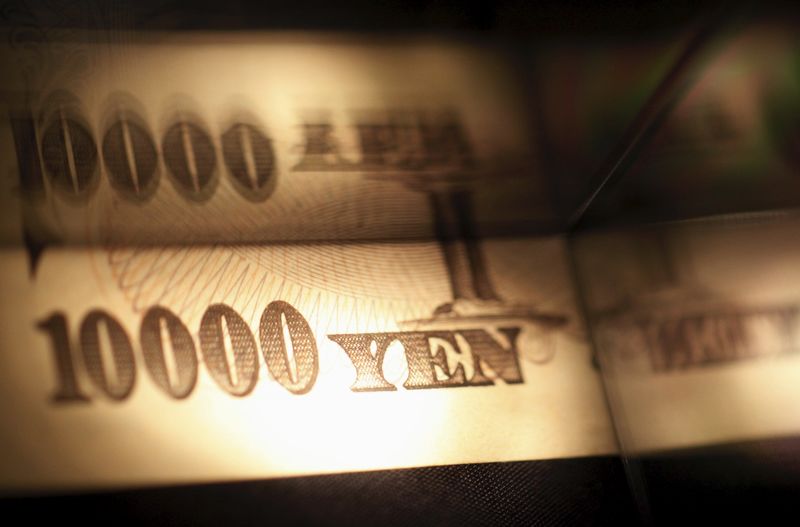The Bank of Japan (BOJ) has upheld its commitment to monetary easing, keeping ultralow rates unchanged, despite market expectations of a shift in policy. This decision was announced on Friday, following the conclusion of a two-day policy-setting meeting. The BOJ's yield curve control program remains intact, with short-term interest rates at minus 0.1% and 10-year Japanese government bond (JGB) yields guided around zero percent.
This move comes on the heels of a July decision by the Policy Board to allow 10-year yields to rise toward 1%. The effects of this decision on financial markets and the broader economy were carefully evaluated during the recent meeting. Despite these changes, the BOJ emphasized its commitment to monetary easing and expressed readiness to implement additional easing measures if necessary.
Governor Kazuo Ueda's recent hint at ending negative interest rates if prices and wages rise added another layer of complexity to the discussion. Ueda suggested that sufficient information and data would be available by year-end to facilitate a decision.
The BOJ's decision keeps it far behind the U.S. Federal Reserve and the European Central Bank in terms of rate hikes. Even though inflation expectations are on the rise, the BOJ remains unconvinced about the prospect of stable inflation accompanied by sustainable wage growth. However, headline inflation has remained above its 2% target for 17 consecutive months through August, primarily due to higher import costs.
Long-term JGB yields have been trending upwards partly due to financial markets pricing in a post-monetary easing future. Concurrently, the yen has been weakening against the U.S. dollar amidst the BOJ's dovish stance, testing Japanese authorities' tolerance for rapid depreciation. In response to these developments, the BOJ has expressed its intent to closely monitor financial and foreign exchange markets and their impact on Japan's economic activity and prices.
The BOJ has been purchasing an average of 10 trillion yen (US$67 billion) worth of JGBs per month this year, marking the fastest pace ever. As a result, the BOJ now owns 53% of Japanese government bonds in circulation. The rise in long-term yields, hitting a 10-year high, has come amidst this aggressive bond-buying strategy.
Meanwhile, the BOJ is facing increasing government pressure to address the yen's sharp depreciation. There are expectations that Governor Ueda will address this issue during his news conference scheduled for later today.
In terms of inflation data for August, Japan's 'core' rate, excluding fresh food, came in at 3.1%, above the Bank of Japan's target of 2% for the 17th month in a row. The 'core-core' level, which also excludes volatile fuel prices, reached 4.3%.
In global markets, USD/JPY edged up slightly just under 147.60 following the release of this data. A larger move was observed when US yields held steadily higher with the 10-year hitting 4.5%, its highest since 2007.
This article was generated with the support of AI and reviewed by an editor. For more information see our T&C.
